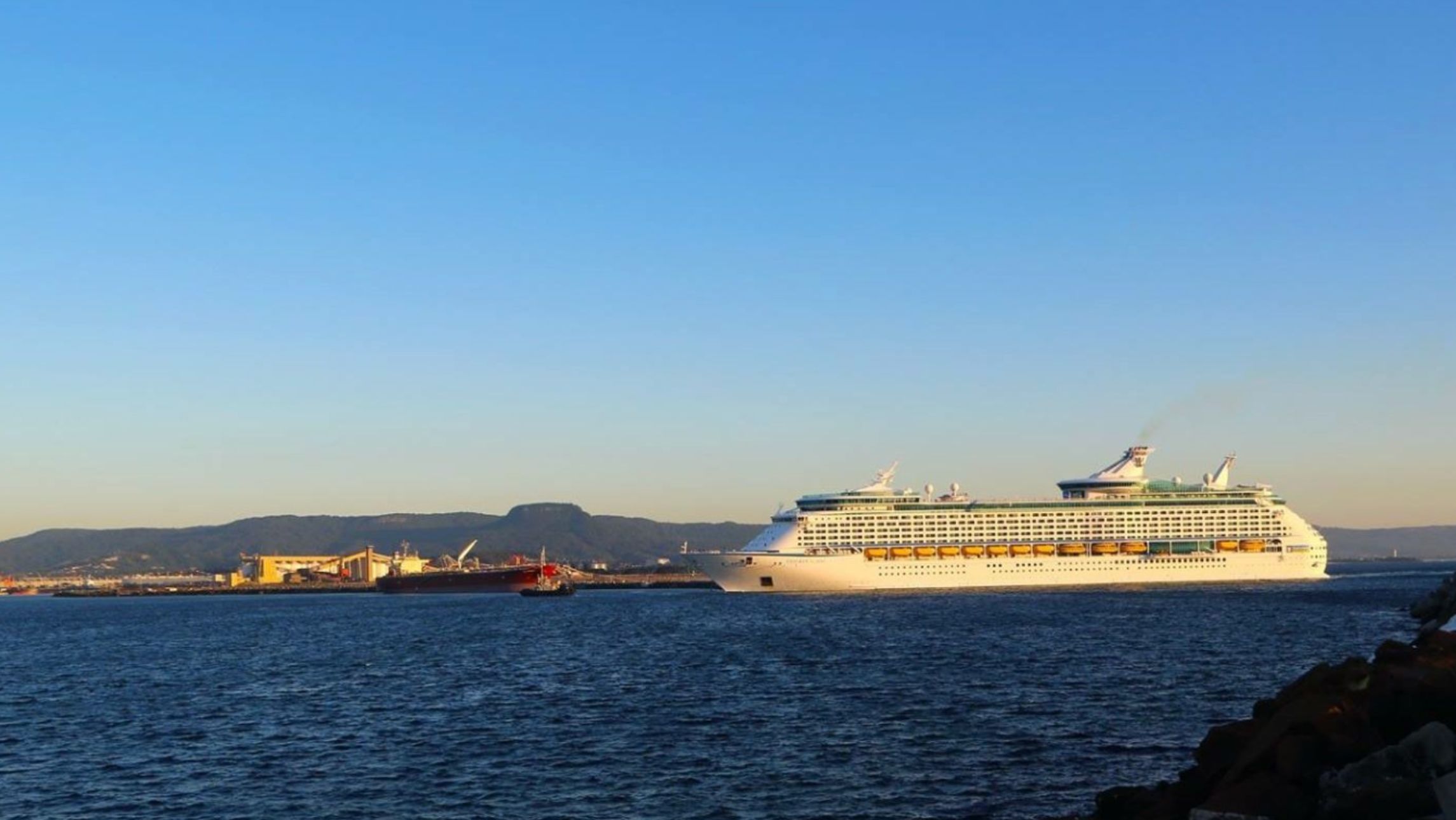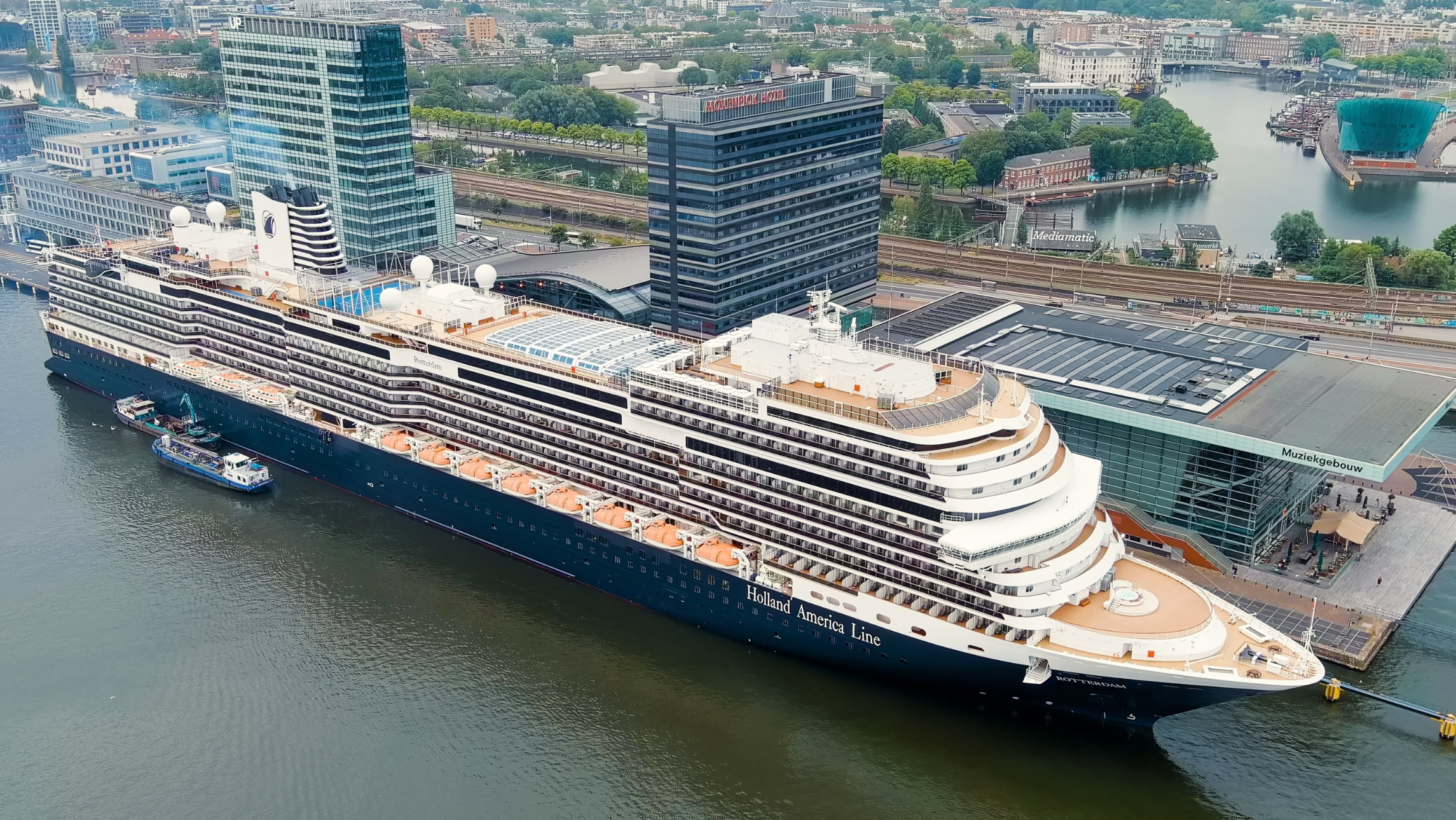It’s cold and bleak when we dock at Kizhi Island, and I’m wondering why on Earth we’ve come to this desolate place, when I suddenly look up and catch my breath. A huge Russian Orthodox church with 22 onion domes is looming out of the mist. Further on, inside a timber farmhouse, a young woman wrapped in a peasant shawl is spinning wool with a distaff and spindle. Past the wooden windmill that once ground the islanders’ grain stands the tiny 14th-century chapel of the Archangel Michael, the oldest standing wooden church in Russia.
These days, Kizhi has become an outdoor museum, a memorial to peasant life in this remote part of Russia (in the north-west of Lake Onega) – but though the islanders have left, many Russians believe that it still has magical powers stemming from shungite, the black rock that’s found around this place. “If you put a piece of it near your computer, it will never get viruses,” our guide says. She’s serious.
Kizhi is just one of several extraordinary ports of call during a 13-day cruise along the lakes, canals and rivers of Russia on Viking Helgi (formerly known as Viking Surkov). The cruise begins with three exciting days in the magnificent city of St Petersburg, where we take guided visits to gilded palaces, ornate churches and incredible art galleries, as well as to ballet performances and concerts.
But it is in the hamlets and townships we visit during the cruise that I feel I’m seeing ‘the real Russia’. Life in these backwaters has remained virtually unchanged; there are few cars in rural Russia, and old babushkas in headscarves still sweep fallen autumn leaves from the paths as they’ve done for centuries. People in these townships are friendlier than those in the big cities, and whenever we stop at market stalls to look at fur hats, floral shawls and embroidered tablecloths, the stallholders chat and joke with us.
When in Russia, do as the Russians do. So we head for the vodka museum where an entry fee of 100 roubles – just over $3 – entitles us to four generous samples of vodka, flavoured with herbs, fruit and even pepper. Though the museum displays more than 2,600 different types of vodka, locals contend that there are only two: good and very good. On this cold day, they all seem good to me.
I’d never heard of most of the little places we visit, but I’m pleasantly surprised by their numerous attractions. Near Goritzy, for instance, we visit the impressive 14th-century Monastery of St Cyril. One of the largest Russian Orthodox monasteries in the country, it features a huge arcaded cloister, emerald-green onion domes, a dazzling chapel and rare Byzantine icons. But tourists don’t live on culture alone and before returning to the ship, we have to run the gauntlet of dozens of colourful market stalls, which our vivacious guide Tatiana describes as ‘The Valley of Temptations’.
Uglich is a town of pretty, flower-filled parks and shrewd old women who hold up bunches of wilted blooms for us to buy. Watchmaking was the local speciality, though the town’s watchmaking factory has now closed down and while timepieces here are still reasonably priced, we’re warned to buy only from the state-owned shops in the main square and not from market stalls.
Of the town’s 80 churches pre-Revolution, 56 are left; the most stunning is the Church of Elijah the Prophet, which has a spectacular ceramic-tiled façade and a dazzling interior. According to our guide Larissa, Russians believe that the more they pray to an icon, the more responsive it becomes. Perhaps that explains the resurgence of churchgoing here in recent years; maybe the icons have started answering people’s prayers.
Our cruise ends with three days in Moscow, which has become a sophisticated, vibrant city – a far cry from the depressed place I visited back in Communist times. But it was in those villages and towns along the lakes, canals and rivers that I glimpsed the soul of Russia.







